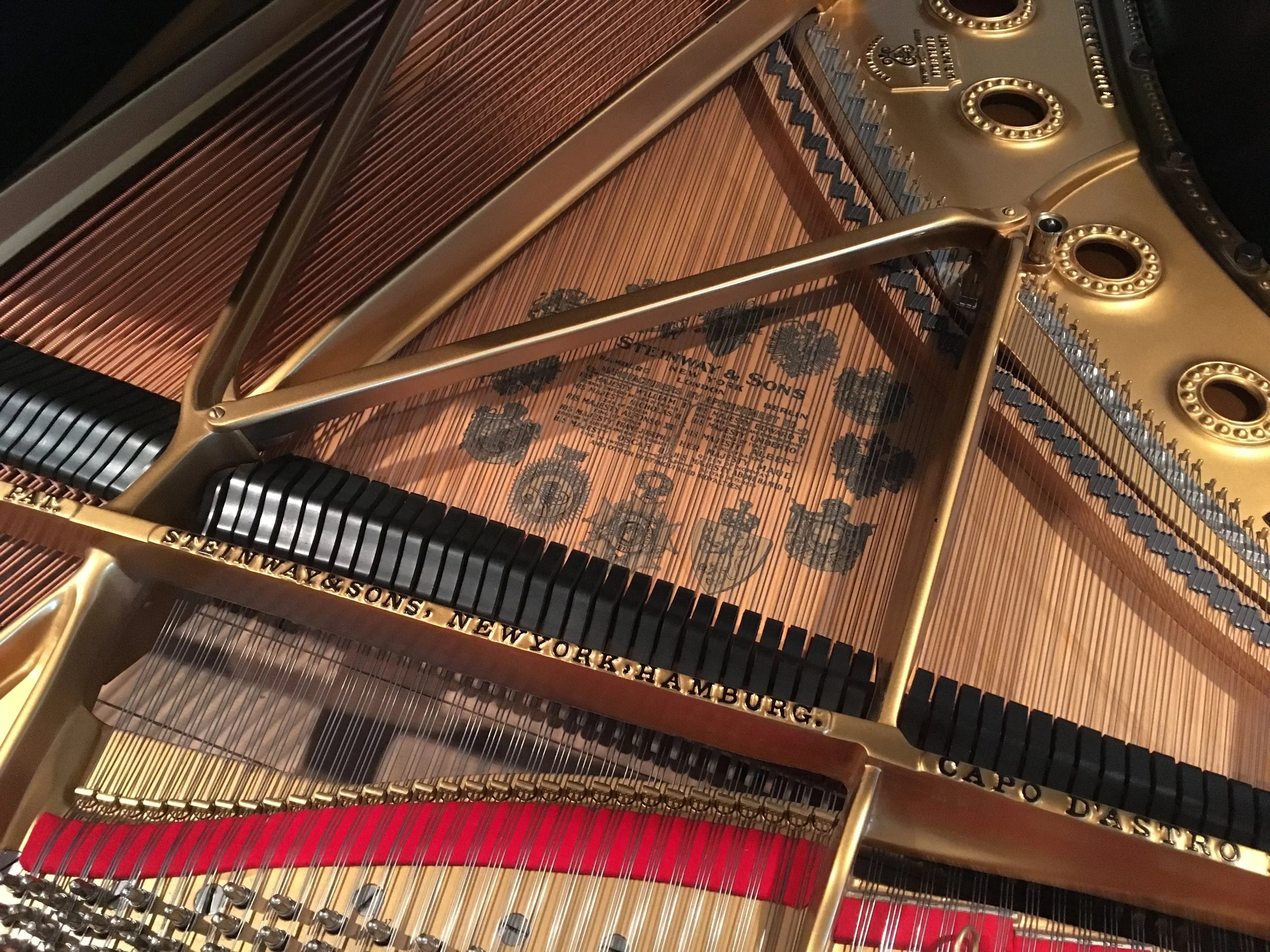This post was originally published on 2/24/2014
I remember the first time I was told by a piano technician that my piano needed a pitch raise. I was unfamiliar with the term and asked for some explanation. The technician provided me with an explanation, but it was not in terms I could understand. Because I did not understand what he was saying, I felt he was trying to take advantage of me for a profit. I ended up permitting him to do the pitch raise and compensated him accordingly. I didn't feel very good about it though.
I do not ever want my clients to feel that I am taking advantage of them because they do not understand the details of a pitch raise, so here is my best simple explanation:
Strings within a piano have tension on them. When you increase the tension on a string, the pitch raises; when you decrease the tension, the pitch lowers. The strings are laid across the soundboard beginning at the tuning pin and ending at the hitch pin at the opposite end. If the entire piano is below pitch and one string is raised up to the appropriate pitch, that string has more tension than the strings nearby.
To illustrate, imagine two iron beams suspended in the air. There are three wires suspending the lower beam below the upper beam. Let's say they all happen to play a "G" if you were to pluck them. If the center wire is pulled tighter to bring the beams closer together, the center wire will have much more tension on it than the other two wires because it is suddenly bearing all the weight of the lower beam. If you were to pluck the wire, it would be at a higher pitch than the other two. We'll say it is now at an "A".
Now, if the other two wires were brought up to help support the load, it would take some of the tension off of the center wire and distribute the weight more evenly. Because the tension was equalized, the center wire will now be lower in pitch than it was when it was first pulled tight because the tension is not as high. The pitch would be higher than the original "G", but lower than "A"; likely an "A flat." If we wanted them to all be at an "A", we would have to continue raising and equalizing them until they were at the right pitch. This is a simplified explanation of a pitch raise.
When a technician brings a piano up to pitch during a pitch raise, the first strings that are tuned will gradually go slightly back out of tune as the technician increases and equalizes the tension throughout the piano. Until the piano is equalized near the correct pitch, a fine tuning cannot be completed.
Pianos that are tuned every six months are less likely to drop enough in pitch to require a pitch raise. The strings will be close enough to the correct pitch that it will only require a fine tuning. If you are in Boise, Idaho or the surrounding area and need tuning and pitch raise pricing, click here.





